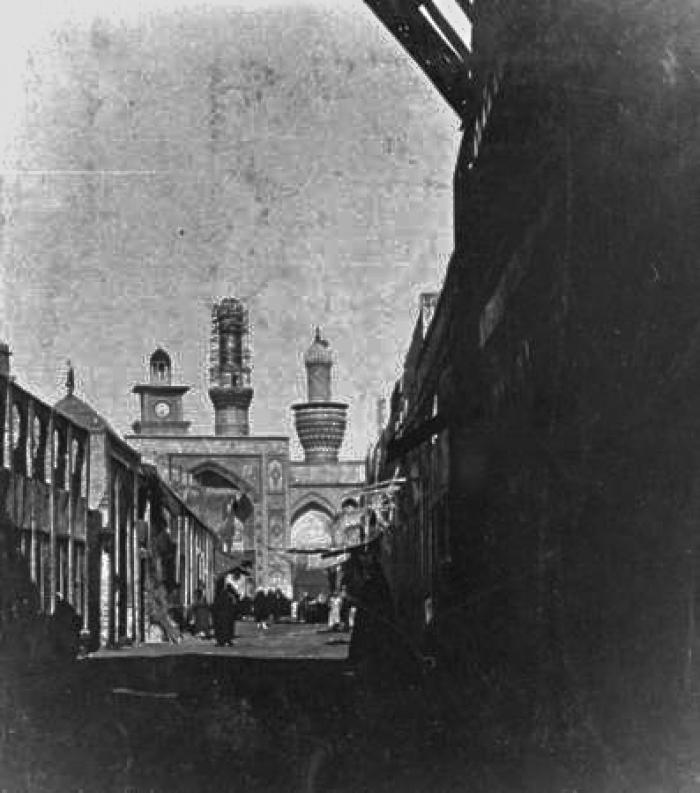When the Russian traveler "Elia Nico Berzin" visited the holy city of Karbala in 1858 AD, he described what he witnessed in the city in a study titled "Karbala", which he published later in the "Study of Earth and Travels" journal in Moscow.
Nico said in his study, that "The city of Karbala surrounded by a wall made of sun-dried bricks. This was consisted of two rows, the upper row was consisted of runways and observation posts, while the bottom row was consisted of empty front sections separated from each other by barriers, as these sections were used sometimes as inhabitant shelters for homeless people".
Source:
The Karbala's Comprehensive Civilizational Encyclopedia, Historical Section, Department of Islamic History: by The Karbala Center for Studies and Research Vol. 1.

